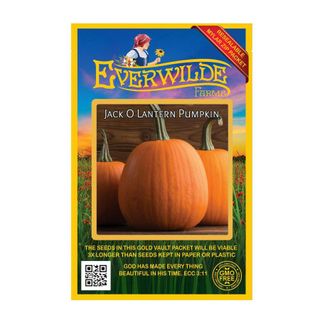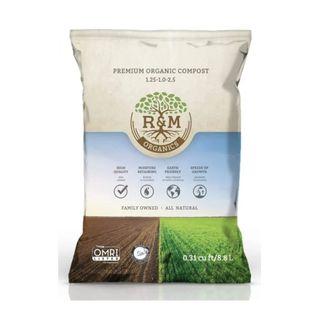'Don't just throw them away!' – 5 clever ways to recycle your leftover pumpkins in your backyard
There are plenty of ways to put your leftover pumpkins to use that benefit your backyard
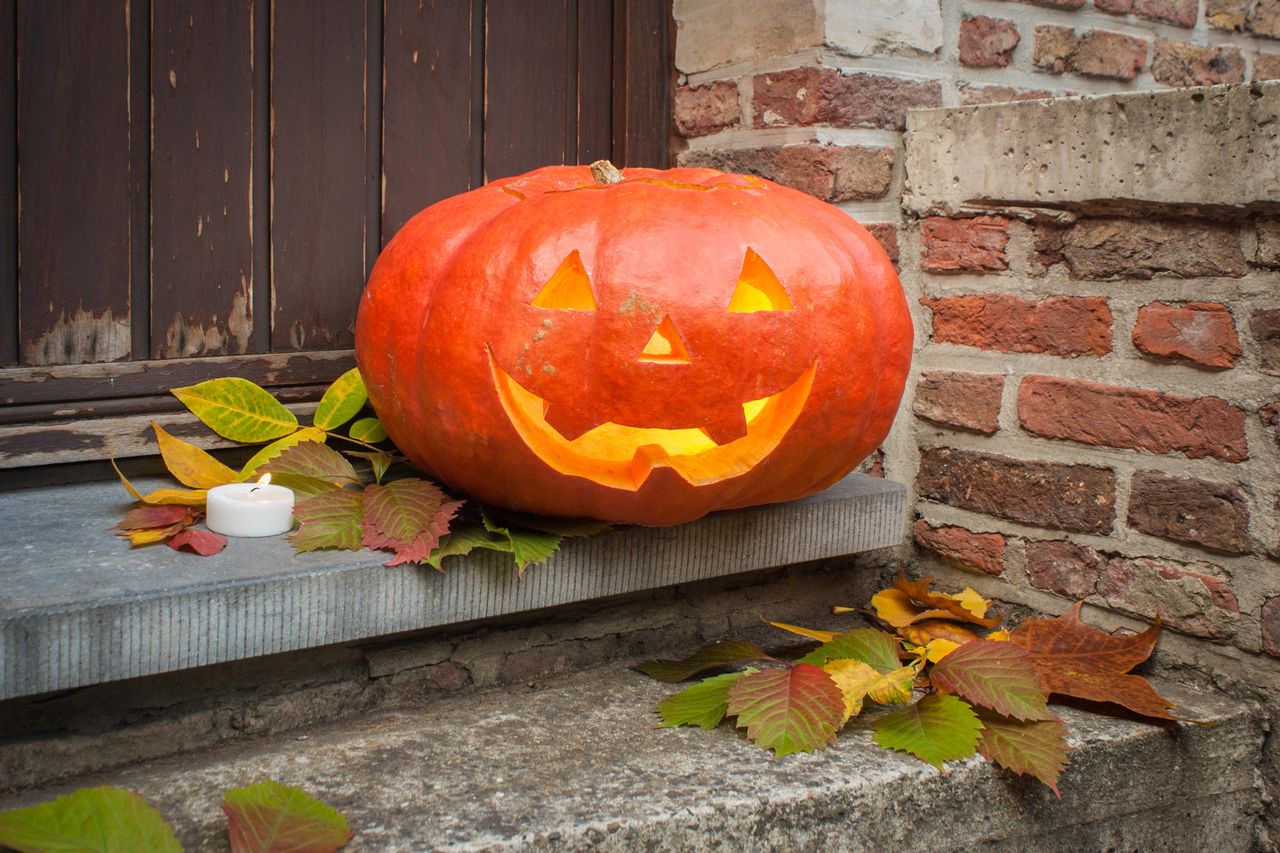
With most of us having just celebrated Halloween festivities, there will be thousands of pumpkins that have been carved and used as decorations across the country. Now that their time in the spotlight has gone you might be tempted to throw them away, but the truth is, that would be an unnecessary waste.
It turns out that there are clever ways to use the leftover pumpkins that will actually benefit your backyard, wildlife, and pollinators. The good news is they're not too complicated to do either - most of them will only take you a matter of minutes. Of course, you do need to make sure you don’t attract any unwanted pests or endanger certain types of wildlife, either. To find out more about how you can safely put your pumpkin to use and reduce waste, here are five ideas recommended by gardening experts.
1. Turn pumpkins into compost
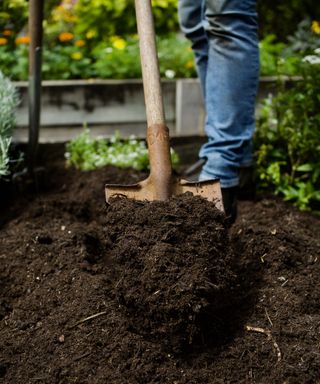
Pumpkins are rich in nutrients and if used correctly they can really benefit the soil in your modern garden. Gardening expert Tony O’Neil tells me that one of his favorite ways to repurpose them is by turning them into compost.
‘When broken down, pumpkins enrich the soil significantly, promoting better plant growth for the coming seasons,’ he explains. ‘If you have a compost bin, chop the pumpkins into smaller pieces to speed up the decomposition process. You can also practice direct composting by burying chunks of pumpkin in garden beds, providing a direct source of nutrients to the soil.'
2. Use them as planters
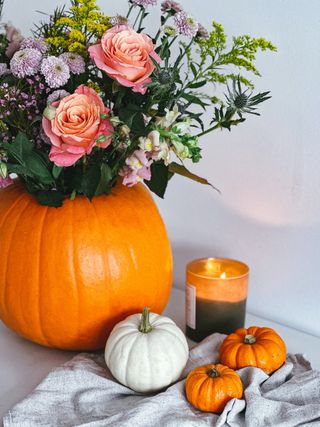
Another creative piece of advice from Tony is to transform old jack-o-lanterns into pumpkin planters. Not only will it be useful for adding nutrients to the soil, but it will also be a mindful activity to do outdoors. ‘Cut a large hole at the top, scoop out the insides, and fill them with potting soil,' he says. 'You can then plant some seasonal flowers or herbs directly into them. Over time, the pumpkin will decompose and add to the richness of the soil, benefiting the plant inside.'
3. Scatter the leftovers for wildlife to enjoy
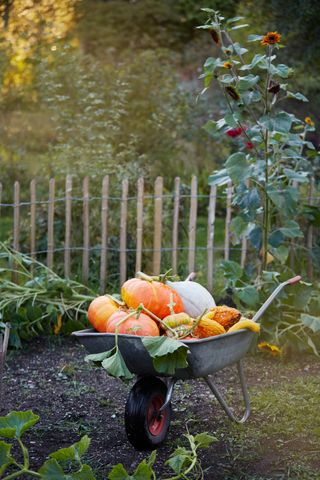
Pumpkins can do wonders for your outdoor space if you want to venture into wildlife gardening. Lucy Taylor, manager of Vine House Farm, advises you to cut up pieces of your pumpkin and scatter it outside in your garden as a nutritious treat for local wildlife.
‘Birds will feed on pumpkin flesh as well as the seeds, as will squirrels, foxes, and badgers,' she says. 'However, remember that pumpkins can be fatal for hedgehogs, as eating too much can impact their digestion leading to diarrhea and dehydration. Instead of leaving pumpkins on the ground, it's best to raise them safely out of reach of hedgehogs by placing them on a wall or on a hanging feeder.'
4. Create a pumpkin feeder
It's easy to create a pumpkin feeder for wildlife, too, but only do this if your pumpkins are still firm and fresh. Lucy advises that if they're getting soft and moldy it’s best to compost them instead.
‘For the best feeder, start by removing the top half of the pumpkin, then place the fresh bird seeds and pumpkin seeds in,' she explains. 'Put them on bird feeders or hang them from trees so that birds and squirrels may enjoy them. To avoid moldy bird seed, let the pumpkin halves dry out and pierce drainage holes to stop moldy seeds. Remove as soon as the pumpkin starts to decay.'
5. Plant the seeds
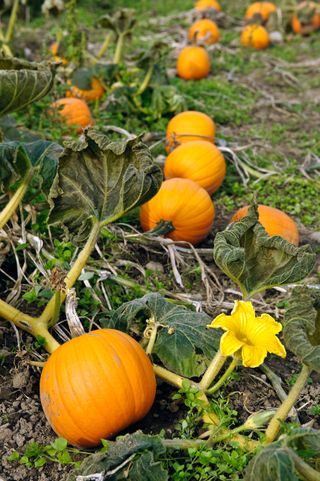
Pumpkin seeds can be planted from May to June so that you can grow your own in your vegetable garden, plus their flowers are a great food source for pollinators. ‘Many bee species and other insects feed on pumpkin flower nectar so make sure to keep your pumpkin seeds and replant them so that they are ready for early spring when the bees return from hibernation,’ explains Lucy. She adds that you can cut your pumpkin pieces and bury them eight inches below ground level so that worms can feed on them. 'This, in turn, will attract more birds into your garden,’ she adds.
Avoid these mistakes
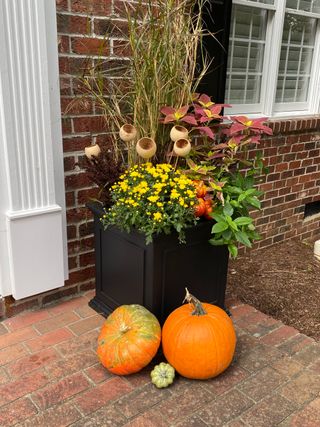
When recycling your pumpkins in your backyard, it's important not to use any that have seasoning on them, and to remove any added decorations as they can be dangerous to wildlife. You’ll also want to be mindful of rats and pests by making sure you remove the pumpkins when they start to decay. ‘To deter rodents, try adding hints of peppermint around the area of your pumpkin as they do not like this scent,’ advises Lucy.
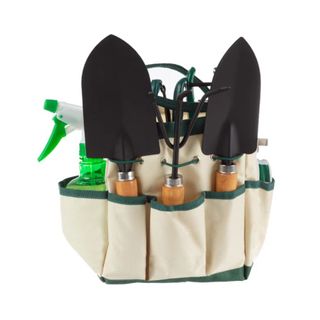
Price: $27.99
Having the right tools handy will make it easier and more enjoyable to look after your garden. Extra points if they look good too!
Be The First To Know
The Livingetc newsletter is your shortcut to the now and the next in home design. Subscribe today to receive a stunning free 200-page book of the best homes from around the world.
Raluca formerly worked at Livingetc.com and is now a contributor with a passion for all things interior and living beautifully. Coming from a background writing and styling shoots for fashion magazines such as Marie Claire Raluca’s love for design started at a very young age when her family’s favourite weekend activity was moving the furniture around the house ‘for fun’. Always happiest in creative environments in her spare time she loves designing mindful spaces and doing colour consultations. She finds the best inspiration in art, nature, and the way we live, and thinks that a home should serve our mental and emotional wellbeing as well as our lifestyle.
-
 10 Kitchen Tap Ideas That Will Upgrade Your Sink — Who'd Have Thought Doing the Dishes Could Look This Good
10 Kitchen Tap Ideas That Will Upgrade Your Sink — Who'd Have Thought Doing the Dishes Could Look This GoodFrom pot fillers to pull-out hoses, these are the kitchen taps that the experts are lusting over right now…
By Lara Sargent Published
-
 This 'Modern Breeze Block' Trend Is Everywhere Right Now — From Kitchen Islands to Room Dividers
This 'Modern Breeze Block' Trend Is Everywhere Right Now — From Kitchen Islands to Room DividersI've spotted this V-shaped breeze block popping up as the cool finish in kitchens, living rooms, and even bathrooms right now. Here's what you need to know
By Luke Arthur Wells Published
